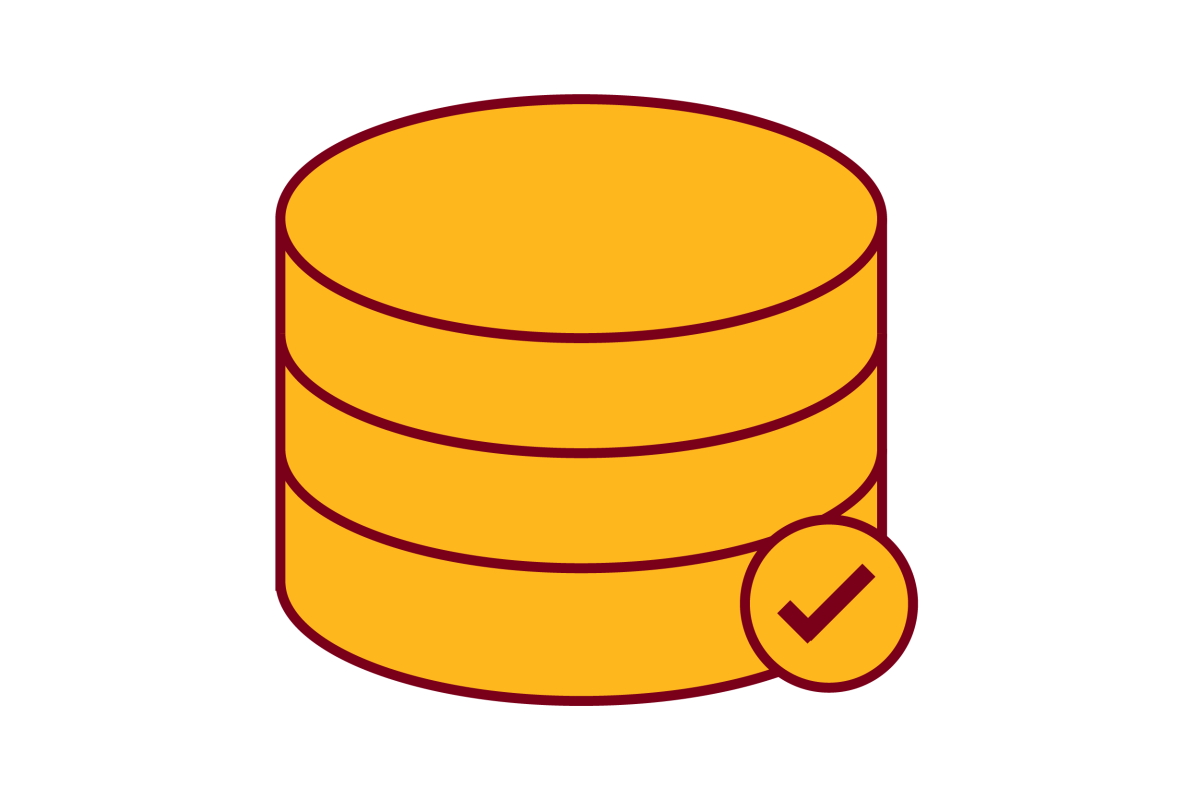Contact tracing: beyond the apps [journal]

Journal
SIGSPATIAL Special - October 26, 2020
Authors
Mohamed Mokbel (professor), Sofiane Abbar, Rade Stanojevic
Abstract
As pandemic wide spread results in locking down vital facilities, digital contact tracing is deemed as a key for re-opening. However, current efforts in digital contact tracing, running as mobile apps on users' smartphones, fall short in being effective and present two major weaknesses related to accessibility and apparent privacy concern augmentation. Indeed, accessibility is affected by several factors such as smartphone penetration, age, or socio-economic conditions. The privacy concern on the other hand comes from the fear of having a piece of technology that is monitoring us all the time, everywhere, even when contact tracing is irrelevant. This paper lays out the vision and guidelines for the next era of digital contact tracing, where the contact tracing functionality is moved from being personal responsibility to be the responsibility of facilities that users visit daily. Our proposal tackles the two aforementioned shortcomings by disengaging users from using their own smartphones and requiring facilities to provide the technological devices needed for contact tracing. By doing so, we reassure users that their contacts are only considered in places where manual contact tracing is not effective, and cease being recorded as soon as they leave the facilities they visit. A privacy-preserving architecture is proposed, which can be mandated as a prerequisite for any facility to re-open during or after the pandemic. We finally outline research opportunities and challenges revolving around contact tracing system design and data management.
Link to full paper
Contact tracing: beyond the apps
Keywords
COVID-19, data mining, spatial computing